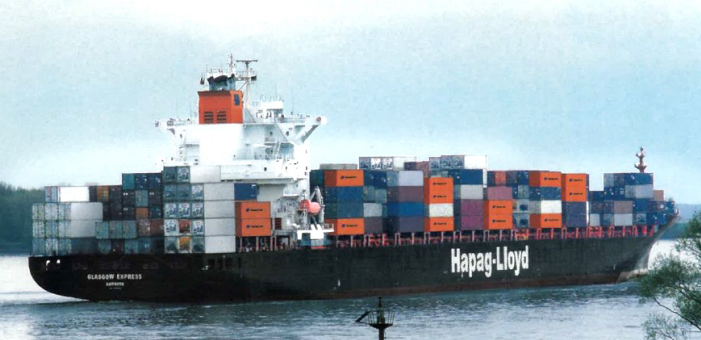ATSB published a report about the collision between the container ship ‘Glasgow Express’ and the fishing vessel ‘Mako.’ The incident took place on 12 August 2017, 15 nautical miles south of Cape Woolamai, Victoria.
The incident
On 12 August 2017, the fishing vessel Mako lefto from San Remo, Victoria, heading for fishing grounds about 3 hours away. When it got clear of Cape Woolamai, ‘Mako’ maintained a steady course and speed to the south-west.
[smlsubform prepend=”GET THE SAFETY4SEA IN YOUR INBOX!” showname=false emailtxt=”” emailholder=”Enter your email address” showsubmit=true submittxt=”Submit” jsthanks=false thankyou=”Thank you for subscribing to our mailing list”]
At the same time, the container ship ‘Glasgow Express’ was sailing through Cape Liptrap heading north-west. The ship was going to Melbourne, Victoria, and was maintaining a steady course and speed. From about 20.30 (local times) the vessels were on a collision course.
No avoiding action was taken by either vessel and, at about 22.46, the two ships collided.
Probable cause
The ATSB reported that a proper lookout by ‘all available means’ was not being maintained on neither vessel.
Glasgow Express’s bridge team saw and monitored Mako from about 2200, but a full estimation of the situation using other instruments available on the bridge was not done. As a result, the situation was misinterpreted and the risk of collision was not identified, thus no avoiding action was taken.
Moreover, ‘Mako’s’ watchkeeper identified Glasgow Express by radar and visually. However, the information was misinterpreted and it was decided that the Glasgow Express was passing clear, sono avoiding action was taken. After taking the watch, ‘Mako’s’ second watchkeeper did not see the Glasgow Express until too late, thus not being able to avoid collision.
In addition, ‘Mako’ had all external lights on. This made the vessel easily seen, but reduced the ability for ‘Glasgow Express’s’ bridge team to accurately estimate the situation. The bright lights also reduced ‘Mako’s watchkeeper’s’ vision and ability to distinguish features beyond the glare of the lights.
The ATSB also mentioned that ‘Mako’ had a large fishing net winch drum mounted on deck forward of the wheelhouse. This reduces forward vision and may raise obstacles to the ability to maintain a proper lookout unless accounted for in onboard procedures and training.
Recommendations
After the incident, ‘Glasgow Express’s’ operator conducted a fleet-wide information and education program which analyzed the incident and highlighted the need to use all available means to maintain safe navigation according to collision regulations. As ATSB said, a common contributing factor has been the failure to use all available means to accurately estimate a situation and the risk of collision.
Furthermore, ATSB reminded masters, owners, operators and skippers the importance of a proper lookout by all available means including radar. Proper use of radar equipment including long range scanning and radar plotting can enable early detection, assessment and warning of vessels that are in risk of collision. This will give the watchkeeper enoug time to take early and proper action to avoid collision.
See more details into the accident, in the PDF herebelow





























































